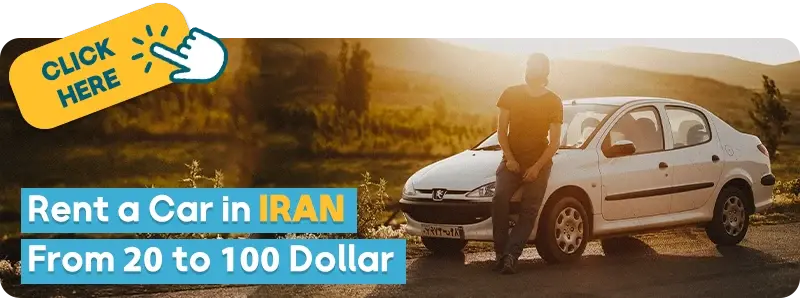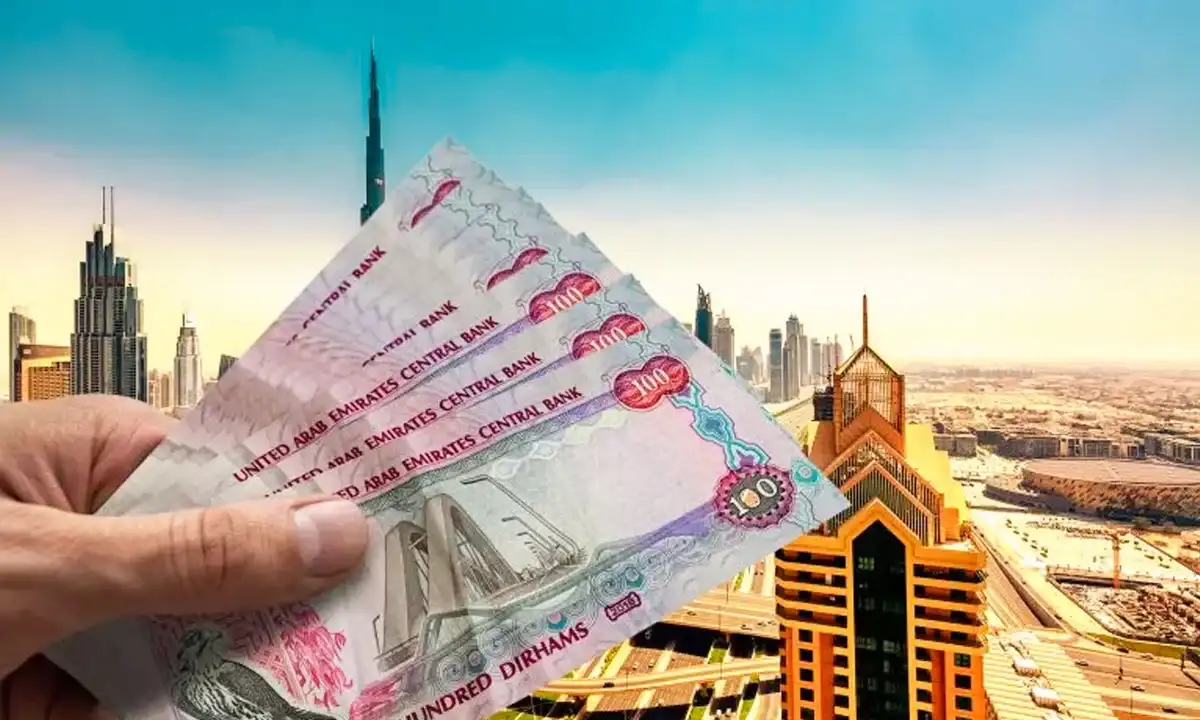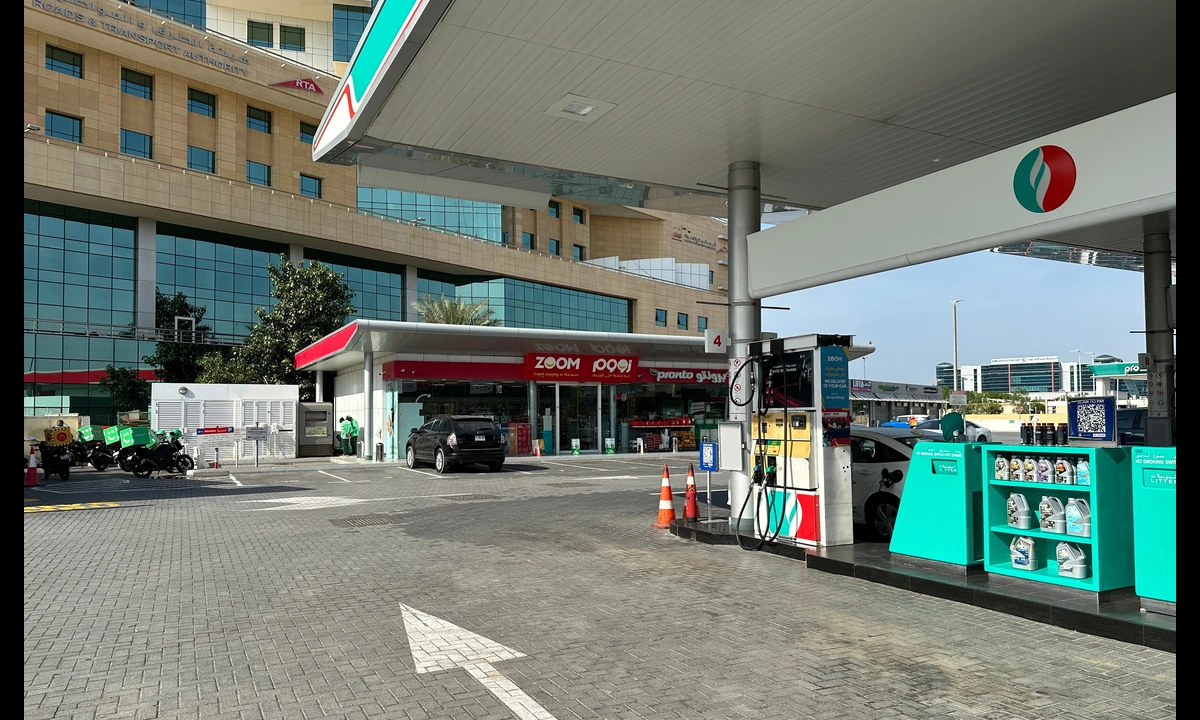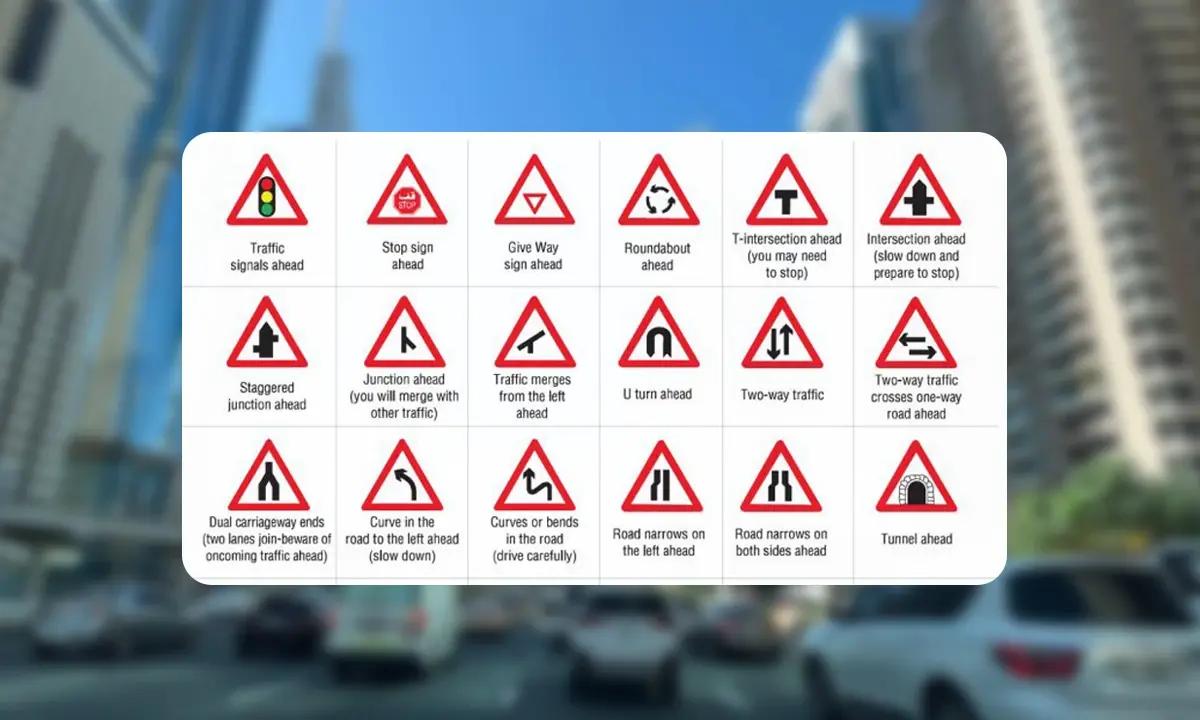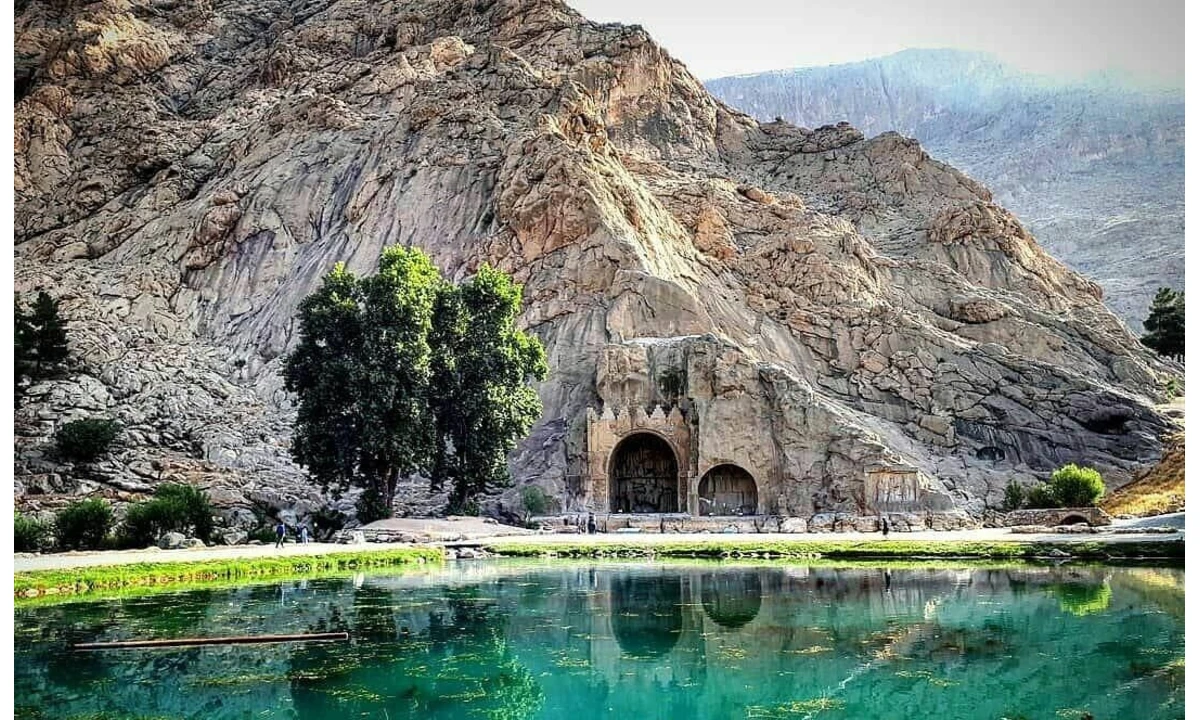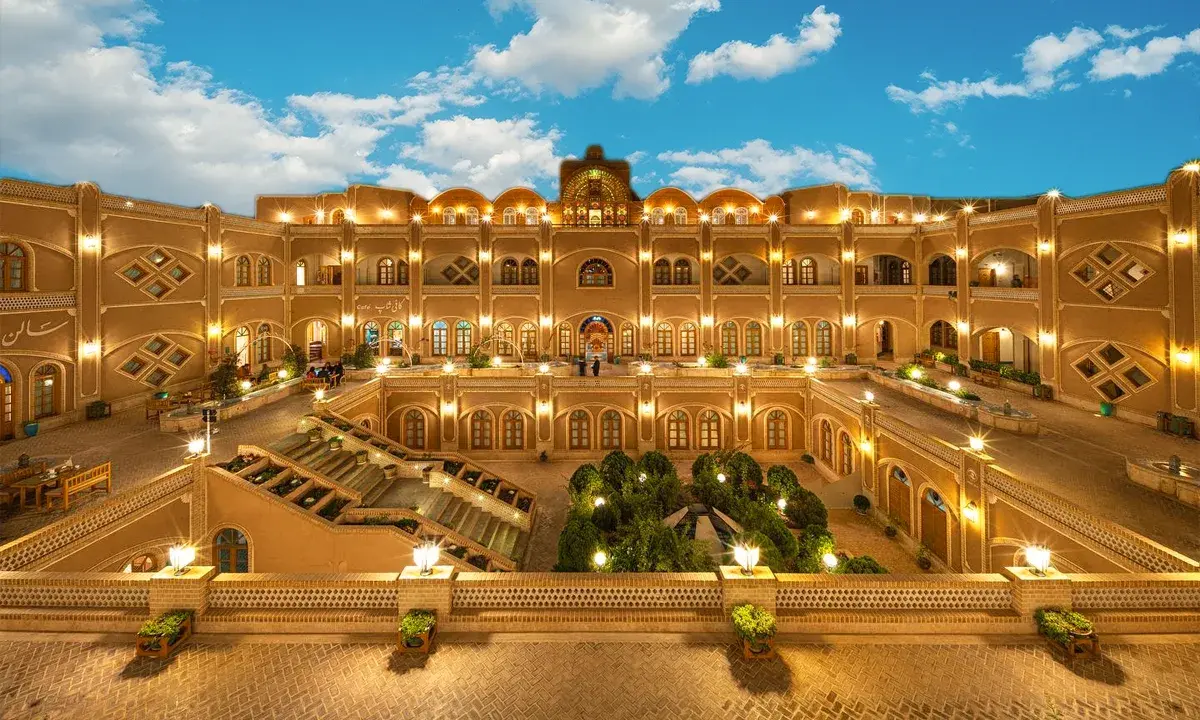Road Trips in Iran 2024 | A Guide to Traveling on Iran's Roads
![]() Author : Alirezaa | Date : Wednesday 27 November 2024 09:01
Author : Alirezaa | Date : Wednesday 27 November 2024 09:01
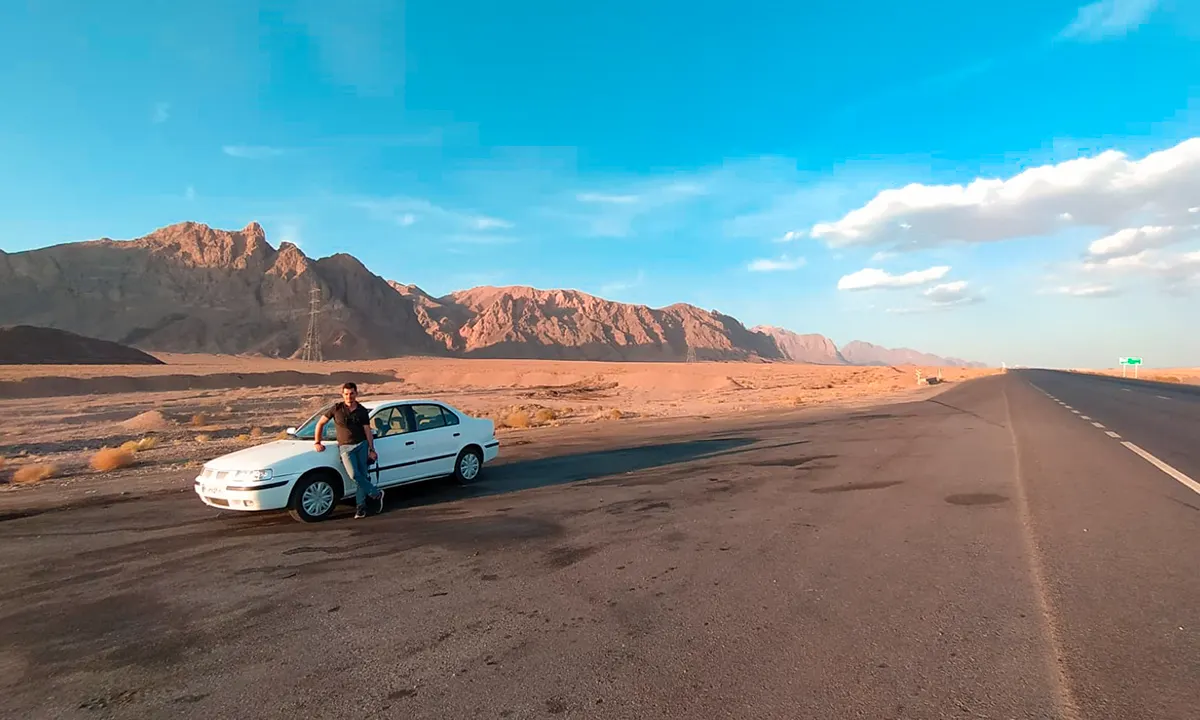
Embarking on a road trip in Iran offers a blend of historical, cultural, and natural exploration. The article introduces the concept, highlighting the varied experiences from urban Tehran to the timeless Dasht-e Kavir desert. It sets the stage for a deeper dive into practical tips for planning such a journey, including rental car arrangements, navigating diverse landscapes, and embracing Iran's rich cultural offerings. The rest of the article promises to guide travelers in preparing for their adventure, ensuring a memorable exploration of Iran's unique blend of ancient heritage and modernity. Here is what to expect in this article:
- 1. Why Choose a Rental Car for Your Iran Road Trip
- 2. Preparing for Your Trip
- 3. Understanding Iranian Road Culture
- 4. Planning Your Route
- ( Additionally a Suggested 10-day Family Road Trip in Iran itinerary)
Why Choose a Rental Car for Your Iran Road Trip
Now we will delve into how car rental will work for you on your trip:
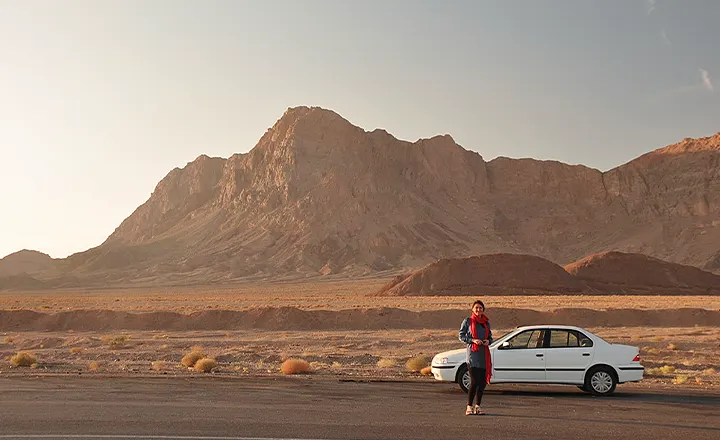
Renting a car for an Iranian road trip offers unmatched flexibility, efficiency, and the joy of exploration at your own pace. It's cost-effective, especially for groups, and enhances personal comfort and safety. With a rental car, you can effortlessly navigate between cities and remote areas, making the most of your time and experiencing the diverse landscapes and cultural richness of Iran. This approach transforms travel into a personalized adventure, allowing for spontaneous detours and discoveries along the way.
★Note: If driving in Iran feels daunting, consider using Saadatrent's services, which include car rentals with a driver in Iran or private tour in Iran options with a driver-guide, ensuring a comfortable and hassle-free travel experience.
Preparing for Your Trip
What you should prepare for your road trip? continue to find out:
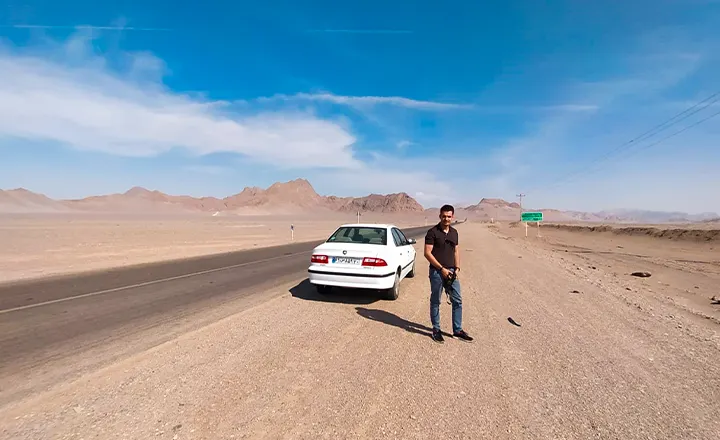
1. Obtaining an International Driving Permit (IDP)
Before embarking on your road trip in Iran, it's crucial to ensure that you have all the necessary documentation, with the International Driving Permit (IDP) being paramount. An IDP acts as an official translation of your native driving license and is recognized in Iran. You can obtain it in your home country through authorized motoring organizations. Remember, the IDP is valid only when accompanied by your original driving license, so make sure to carry both with you at all times.
2. Understanding Local Driving Laws and Customs
Familiarizing yourself with Iran's driving laws and local customs is essential for a safe and enjoyable trip. In Iran, vehicles drive on the right side of the road, and seat belts are mandatory for all passengers. Speed limits vary depending on the area, so be mindful of signposts. Also, be aware that driving styles in Iran might be different from what you're used to, with traffic in cities like Tehran being notably congested and fast-paced. It's a good idea to read up on local driving etiquette and rules before your journey.
3. Choosing the Right Rental Car
The choice of a rental car can significantly impact your road trip experience. Here are some factors to consider:
- Size: Consider the size of the vehicle based on your group size and the amount of luggage you'll be carrying. While larger vehicles offer more space and comfort, smaller cars might be more maneuverable and better suited for navigating narrow city streets.
- Type: Depending on your itinerary, choose a car type that suits the terrain. If you plan to explore off-road or mountainous areas, an SUV might be ideal. For city touring, a compact or economy car could be more practical.
- Fuel Efficiency: Fuel efficiency is an important consideration, both for environmental reasons and cost savings. Iran has a range of car options available, so look for a model that promises good mileage, especially if you're planning long drives.
- Additional Features: Think about additional features you might need, such as GPS navigation, air conditioning, and sufficient charging ports for your devices. These features can enhance your comfort and convenience on the road.
4. Planning Your Route
While spontaneity is a key part of any road trip, having a rough plan for your route is advisable. Research the main attractions you want to visit and estimate how much time you’ll spend at each location. Consider the distances between different points and plan your stops for rest, fuel, and food. This preliminary planning will help ensure you don't miss out on must-see destinations and keep your journey enjoyable and relaxed.
5. Health and Safety Precautions
Given the current global health scenario, it’s important to take safety precautions. Pack a health kit with masks, sanitizers, and any necessary medication. Check for any travel advisories or health guidelines issued for travelers in Iran.
By thoroughly preparing for your road trip to Iran, you set the stage for a smooth and memorable experience. Having the right documents, understanding local driving norms, choosing an appropriate rental car, and planning your route thoughtfully are the key steps to ensure your adventure is as enjoyable and hassle-free as possible.
Understanding Iranian Road Culture
Read this section for a smooth driving experience in Iran.
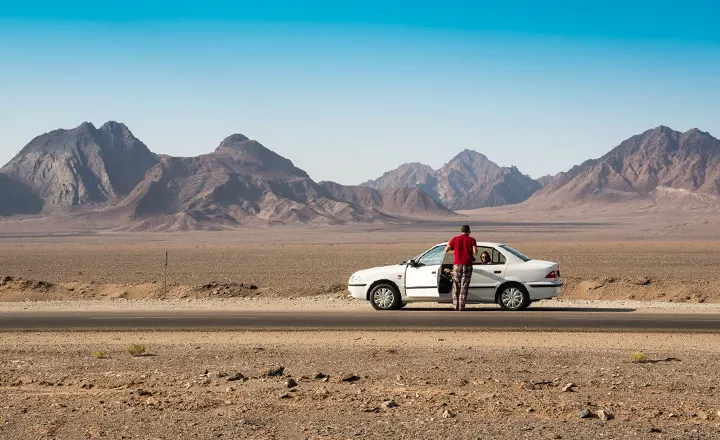
1. Insights into Local Driving Habits and Etiquette
Driving in Iran offers a unique window into the country's culture, but it also requires an understanding of local driving habits. Iranian drivers are known for their assertiveness on the road. Expect quick lane changes, minimal signaling, and a general sense of urgency, especially in busy cities like Tehran. However, this shouldn't be mistaken for hostility; it's simply a different driving style. Honking is common and often used as a means of communication rather than aggression. As a visitor, adapting to this style with patience and alertness is key.
2. Navigating City Traffic vs. Rural Roads
City Traffic: Urban areas, particularly large cities, are characterized by heavy traffic, especially during rush hours (typically 7-9 AM and 5-8 PM). You'll need to be extra vigilant to navigate through densely packed cars and motorcycles, often weaving in and out of traffic. Parking can also be challenging in city centers, so consider using designated parking areas or relying on your accommodation for parking solutions.
Rural Roads: Outside the cities, traffic thins out, but rural roads come with their own set of challenges. These roads can be less well-maintained, with occasional potholes and uneven surfaces. You might also encounter unexpected obstacles like livestock. Rural areas are less lit at night, so daytime driving is recommended for better visibility and safety. Driving on roads in Iran is relatively easy, as most of the roads are not crowded, offering a smooth and comfortable journey for road trippers.
3. Road Safety Tips Specific to Iran
- Speed Limits and Traffic Laws: Adhere strictly to speed limits, which are usually 50 km/h in urban areas and 80-110 km/h on highways and rural roads. Iranian traffic laws are enforced, and penalties for violations can be strict.
- Dealing with Police Checkpoints: Police checkpoints are common, especially on highways and in border areas. Always stop when signaled and have your documents ready for inspection. These checks are usually straightforward.
- Use of Seatbelts and Mobile Phones: Seatbelt use is mandatory for all passengers, and using a mobile phone while driving is prohibited unless you have a hands-free system.
- Being Cautious at Intersections: Many accidents in Iran occur at intersections. Exercise caution and assume the other drivers may not stop, even if you have the right of way.
- Understanding Local Signs: Familiarize yourself with Farsi numbers and basic road signs. While major signs are often bilingual, smaller ones may not be.
- Dealing with Emergencies: Have emergency numbers handy and know the basic phrases in Farsi to seek help. It's also advisable to have a basic first-aid kit in the car.
By understanding and respecting Iranian road culture, you can navigate safely and confidently. Whether cruising through the vibrant streets of Tehran or exploring the serene landscapes of rural Iran, staying aware and adaptable is key to enjoying your road trip to the fullest.
Planning Your Route
Here, you can find the most popular routes in Iran for tourists.
1. Popular road trip routes in Iran
- Tehran to Isfahan: Start your journey in Tehran, exploring its vibrant mix of modernity and tradition. Then head towards Isfahan, renowned for its stunning Islamic architecture and the famous Naqsh-e Jahan Square.
- Isfahan to Shiraz: The road from Isfahan to Shiraz is a journey through history. In Shiraz, don't miss the poetic ambiance of Hafez's tomb and the ancient ruins of Persepolis just outside the city.
- Shiraz to Yazd: Heading towards Yazd, you'll traverse landscapes that shift from cityscapes to desert vistas. Yazd, a UNESCO World Heritage site, offers a glimpse into ancient Persian architecture and culture.
- Northern Route: For a change of scenery, consider a route through northern Iran, which takes you through lush forests and the Caspian Sea coast. The road from Tehran to Tabriz, passing through cities like Qazvin and Zanjan, offers a blend of natural beauty and historical sites.
- Tehran to the Caspian Sea: Experience the dramatic change in landscape from urban to lush forests and coastline.
- Shiraz to Isfahan: Journey through the heart of Persian history, exploring ancient ruins, beautiful mosques, and traditional bazaars.
- Yazd and the Desert Route: Discover the unique desert architecture and ancient Zoroastrian sites amidst stark landscapes.
- Northwestern Iran: Traverse the scenic routes of the Alborz Mountains, visiting traditional villages and enjoying the natural beauty.
- Persian Gulf Coastline: Explore the southern coast, with its warm beaches, and experience the rich culture of the Persian Gulf.
✔️Read More: Isfahan Travel Guide 2024 | Things to Do in Isfahan
2. Balancing Popular Spots with Off-the-Beaten-Path Experiences
While iconic cities like Tehran, Isfahan, and Shiraz are must-sees, Iran's true charm often lies in its lesser-known destinations. Consider detours to places like the mountain village of Abyaneh, the historic city of Kashan, or the stunning landscapes of Qeshm Island. These locations provide a more intimate glimpse into Iranian culture and history.
3. Tips for Time Management
- Plan Your Visits: Estimate how much time you'll spend at each destination and plan your route accordingly. Major cities require at least a couple of days to explore, while smaller towns may only need a few hours.
- Avoid Rush Hours: In big cities, plan to travel during off-peak hours to avoid traffic congestion.
- Allocate Time for Rest: Long drives can be exhausting, especially in unfamiliar territory. Include time for rest stops and overnight stays to ensure you’re well-rested and safe on the road.
4. Avoiding Common Pitfalls
- Check Road Conditions: Especially when traveling in rural or less developed areas, it's important to check the road conditions beforehand. Seasonal weather can affect road accessibility.
- Fuel Management: Keep an eye on your fuel gauge, as gas stations might be scarce in remote areas.
- Cultural Sensitivity: Be aware of local customs and dress codes, especially when visiting religious sites or rural communities.
- Stay Connected: While disconnecting can be part of the adventure, having a means to stay connected (like a local SIM card for emergencies) is advisable.
- Emergency Preparedness: Have a plan for emergencies, including a basic first-aid kit, spare tire, and necessary tools in your car.
Planning your route with a mix of popular and hidden gems, managing your time wisely, and being prepared for various scenarios will enhance your road trip experience in Iran. This approach allows you to immerse yourself fully in the rich tapestry of landscapes and cultures that Iran has to offer.
Your 10-Day Family Road Trip in Iran Itinerary
| Day | Itinerary |
|---|---|
| Day 1-2: Tehran | Start in Tehran. Visit Golestan Palace, Tabiat Bridge, and the Tehran Grand Bazaar. Spend the night in Tehran. |
| Day 3: Tehran to Kashan | Drive to Kashan (Approx. 3 hours drive). Explore the historical houses (e.g., Tabatabaei House) and the Sultan Amir Ahmad Bathhouse. Overnight in Kashan. |
| Day 4: Kashan to Isfahan | Travel to Isfahan (Approx. 2.5 hours drive). Visit Naqsh-e Jahan Square, and explore Si-o-se-pol and Khaju Bridges in the evening. Stay in Isfahan. |
| Day 5: Isfahan | Dedicate another day to Isfahan. Visit the Vank Cathedral and the Chehel Sotoun Palace. Evening at leisure in Isfahan. |
| Day 6: Isfahan to Shiraz | Early start to Shiraz (Approx. 5 hours drive). Visit Persepolis and Necropolis (Naqsh-e Rustam) on the way. Overnight in Shiraz. |
| Day 7: Shiraz Explorer | e Eram Garden and the Vakil Bazaar. Enjoy local cuisine and relax in Shiraz. |
| Day 8: Shiraz to Yazd | Drive to Yazd (Approx. 6 hours drive). Visit the Amir Chakhmaq Complex and the Zoroastrian Fire Temple. Stay in Yazd. |
| Day 9: Yazd to Tehran | Head back to Tehran (Approx. 6 hours drive). Stop by the historical city of Qom if time allows. Last night in Tehran. |
| Day 10: Departure from Tehran | Final exploration in Tehran or shopping for souvenirs. Departure. |
Digital Navigation Tools
Recommend apps or digital tools beneficial for navigation, especially those that work well in Iran.
For a road trip in Iran, it's important to have reliable digital navigation tools. Popular global navigation apps may not always offer the most accurate or detailed information for all regions in Iran. Instead, travelers can look into locally developed apps that are better adapted to the country's navigation needs. These can include apps for maps, traffic updates, and local points of interest. Additionally, checking for the latest travel forums or guides could provide recommendations on the best apps to use for specific areas or needs during your travels in Iran.
- Google Maps
- Neshan Map
- Balad Map
- Waze (You'll need a v.p.n to use Waze in Iran)
Last Word
As our journey through the planning stages of a road trip in Iran comes to a close, it's time to reflect on the unique aspects that make such a trip not just a travel experience, but a journey through a living tapestry of history, culture, and natural beauty.
Iran, with its blend of majestic landscapes and rich cultural heritage, offers an unparalleled road trip adventure. The roads wind through ancient cities, each telling its own story, from the poetic streets of Shiraz to the historic elegance of Isfahan. The countryside unfolds like a series of vivid paintings, revealing lush valleys, stark deserts, and snow-capped mountains.
What truly sets a road trip in Iran apart, however, is the warmth and hospitality of its people. Iranian culture is deeply rooted in the ethos of hospitality, and this is evident in every interaction, from a shared cup of tea with a local to helpful directions from a stranger. These moments of connection are what transform a simple trip into a rich, personal experience.
As you embark on this adventure, remember that the beauty of a road trip lies in both the destination and the journey. Embrace the unexpected detours, the spontaneous decisions, and the serendipitous encounters. These are the elements that turn a road trip into a story worth telling, a memory worth cherishing.
Iran is a land that defies expectations and reveals its secrets to those who are willing to explore it with an open heart and a sense of adventure. So, as you set out on this journey, be prepared to be surprised, to be moved, and to fall in love with a country that has much to offer beyond its stunning vistas and ancient ruins.
In the words of the famous Persian poet Hafez: “Travel brings power and love back into your life.” May your road trip in Iran bring you both in abundance, leaving you with memories that last a lifetime and stories that echo long after your return.
FAQs
Frequently asked questions.
What are the requirements for renting a car in Iran?
To rent a car in Iran, you typically need to be at least 19 years old, possess a valid driving license (an International Driving Permit is recommended for non-Iranian licenses), and have a valid credit card for the deposit. Some rental companies may have additional requirements, so it's best to check with them directly.
Do I need a visa to travel to Iran?
Most nationalities require a visa to enter Iran. You can apply for a visa at an Iranian embassy or consulate in your country. Recently, Iran has also introduced a visa on arrival for citizens of many countries, but it's best to check the current visa policies before your trip.
Is it safe to travel by road in Iran?
Yes, traveling by road in Iran is generally safe. However, it's important to stay aware of local driving habits and adhere to road safety rules. Also, staying informed about the local situation in different regions of Iran is advisable.
What is the best time of year to undertake a road trip in Iran?
The best time for a road trip in Iran is during spring (March to May) and autumn (September to November). During these months, the weather is pleasant across most of the country, making it ideal for travel.
